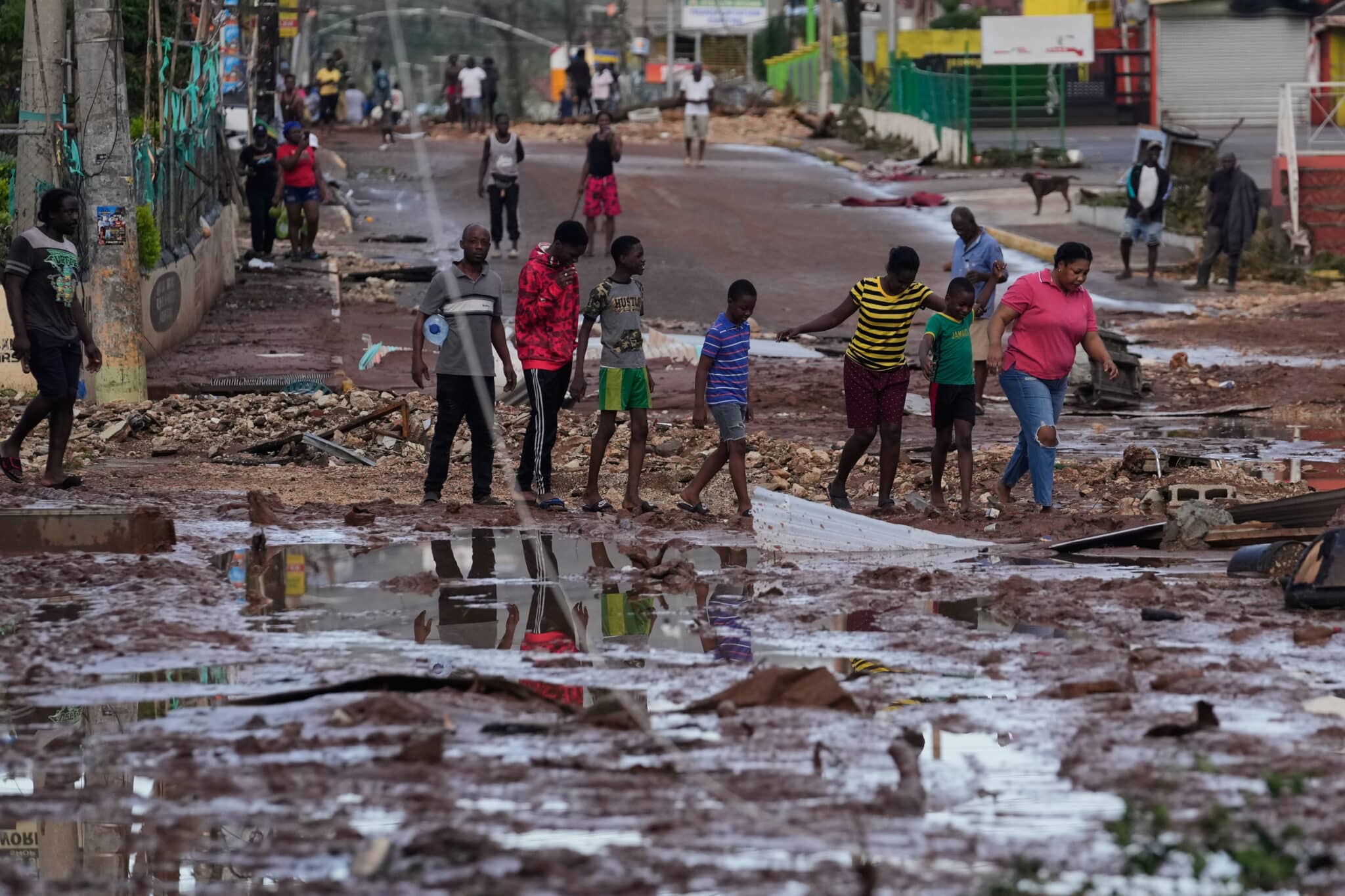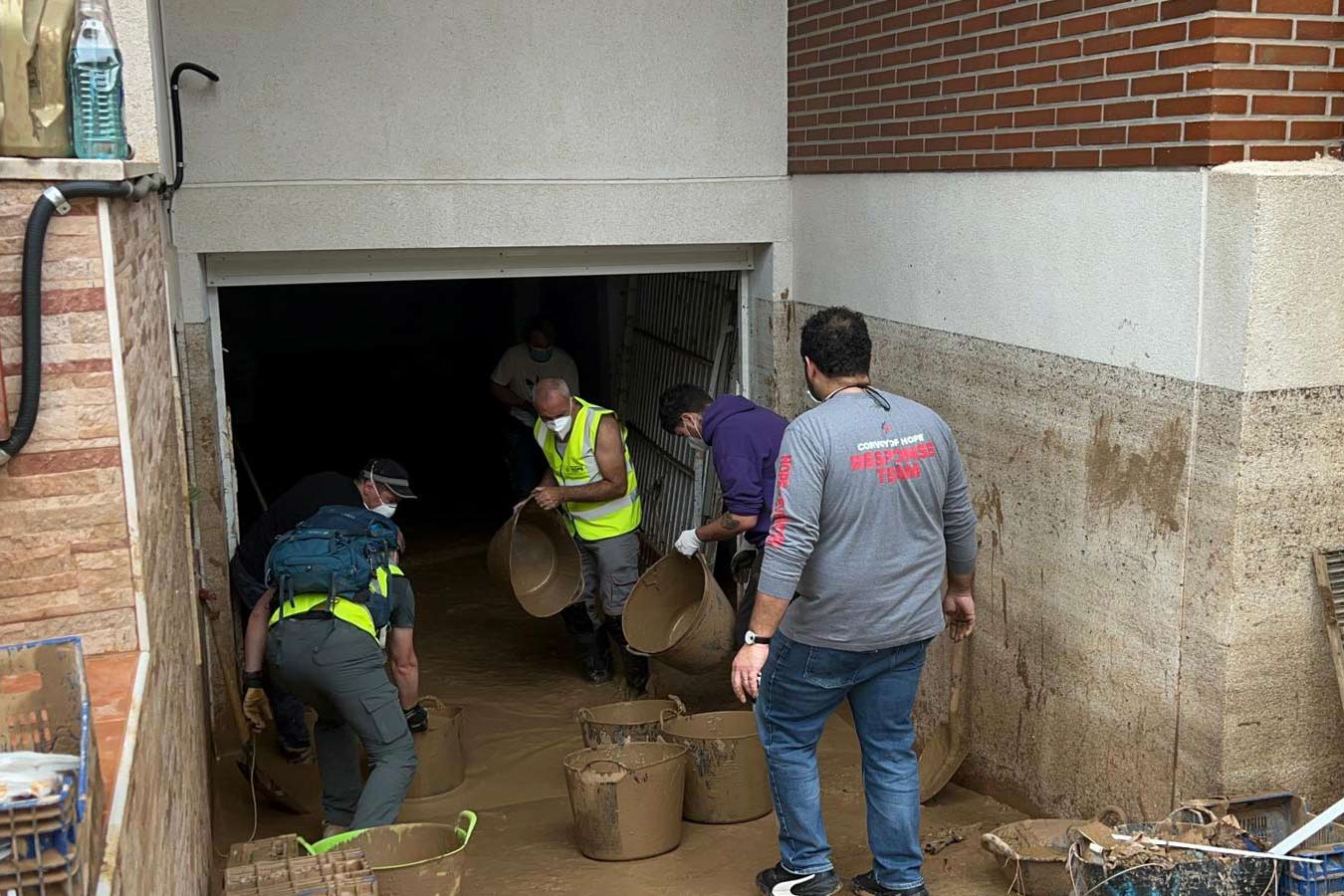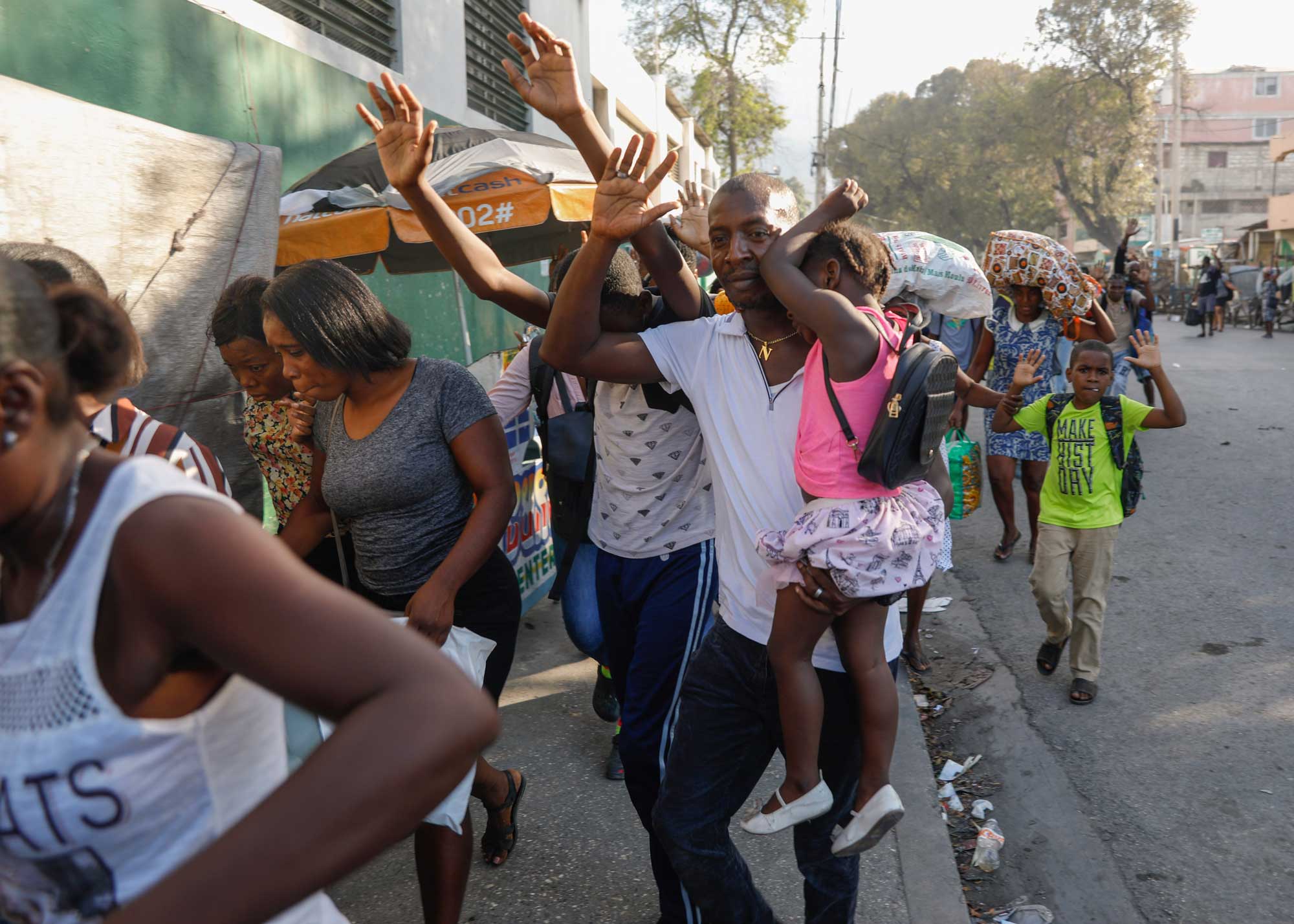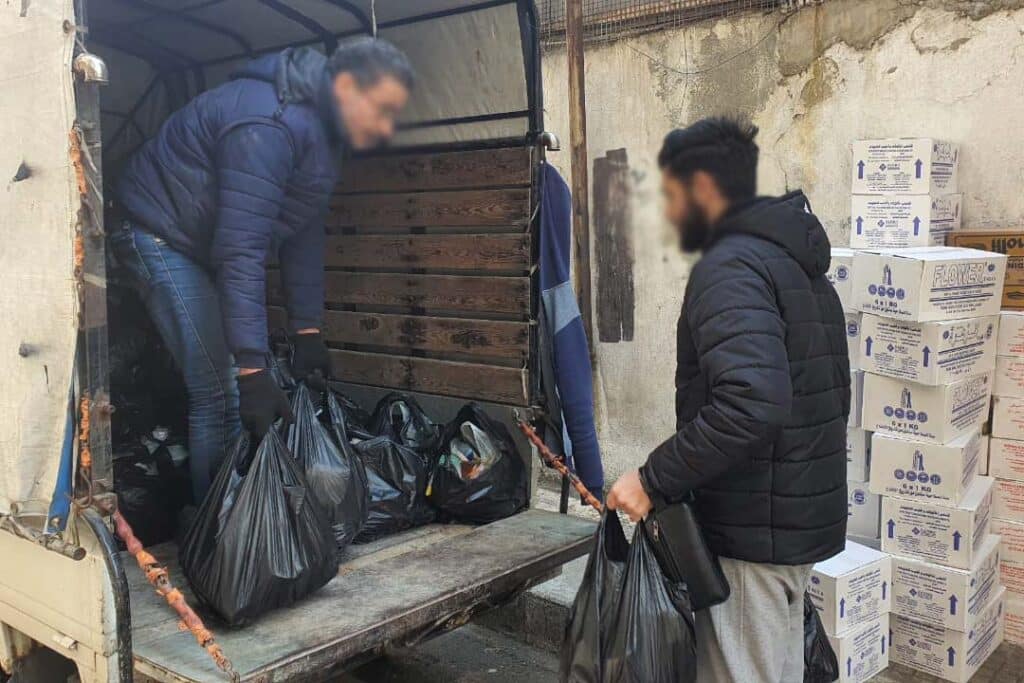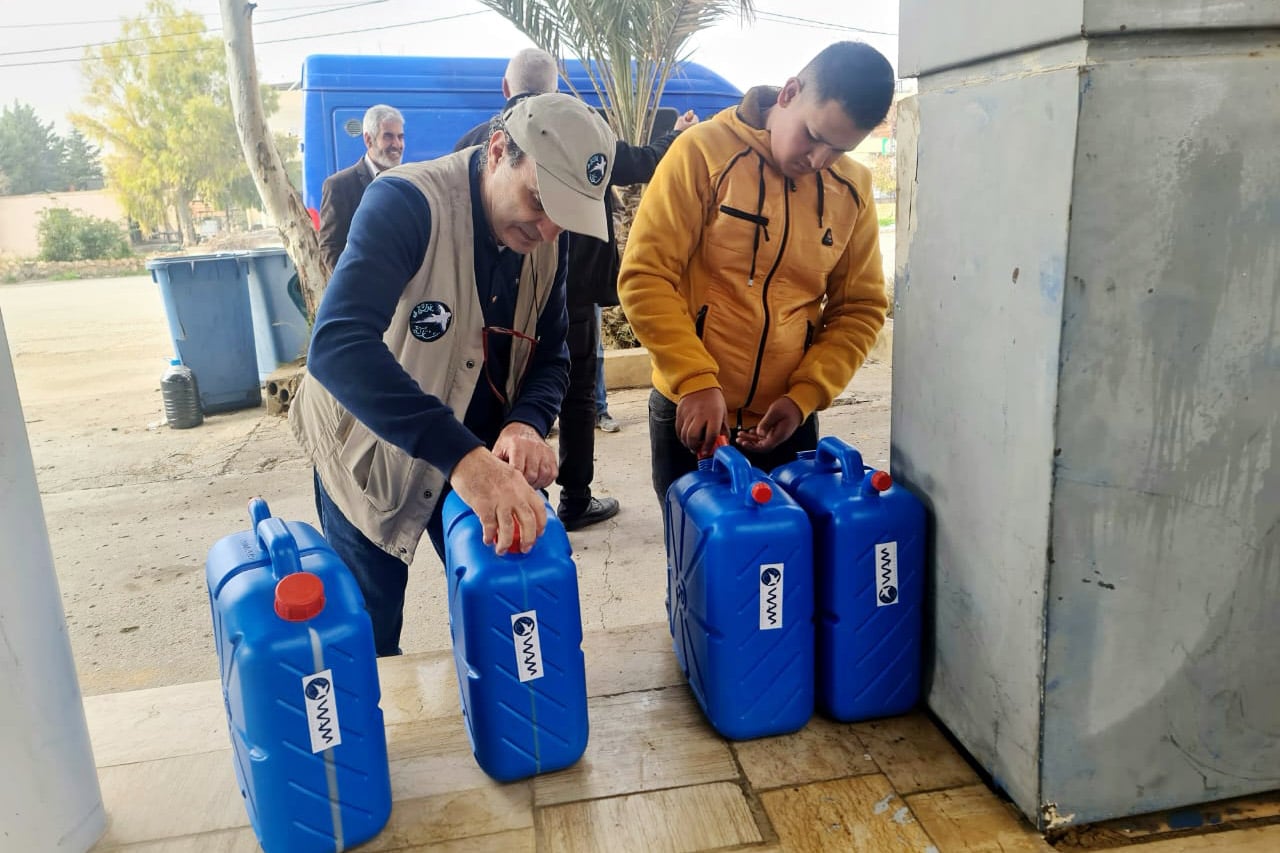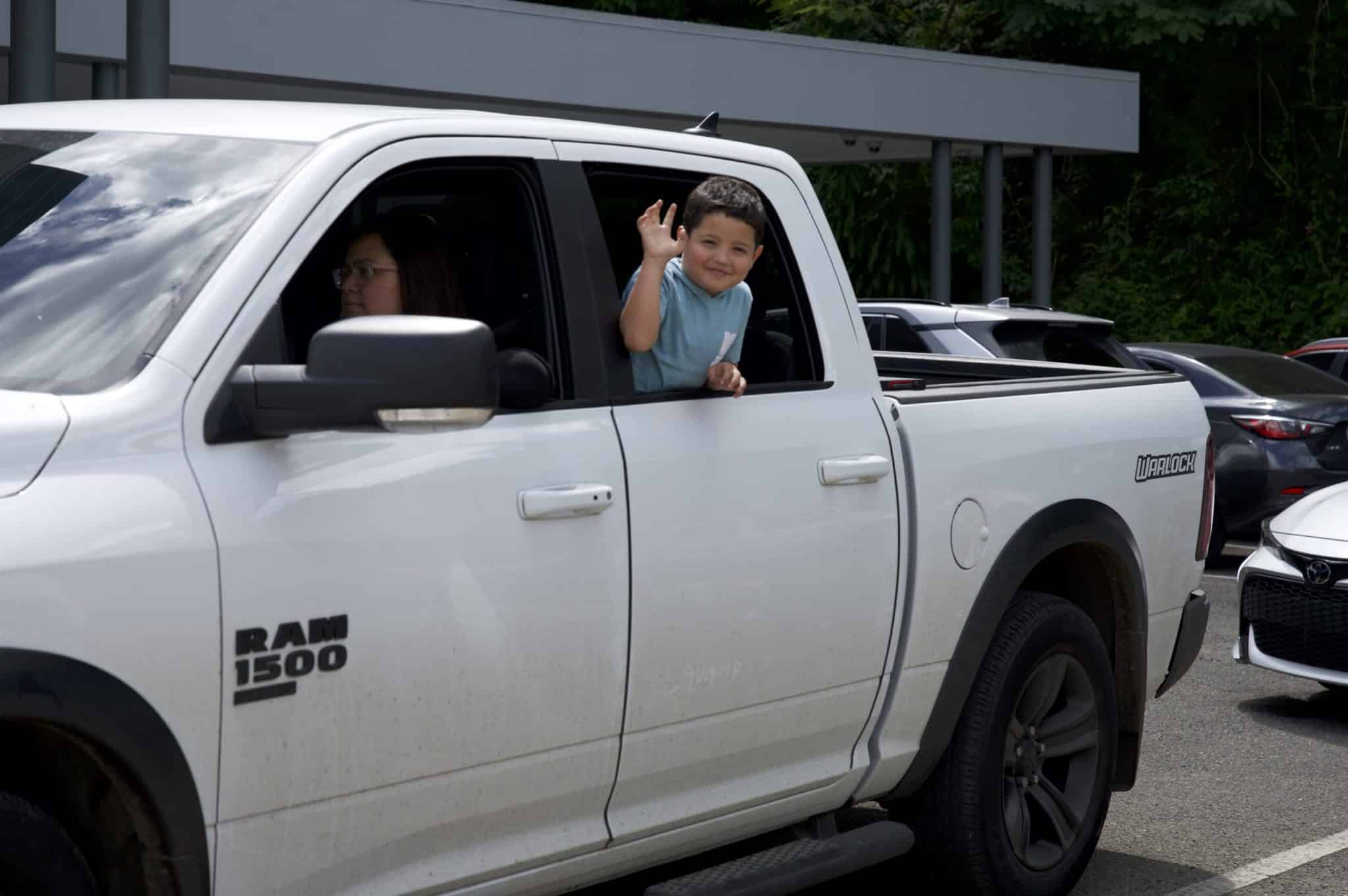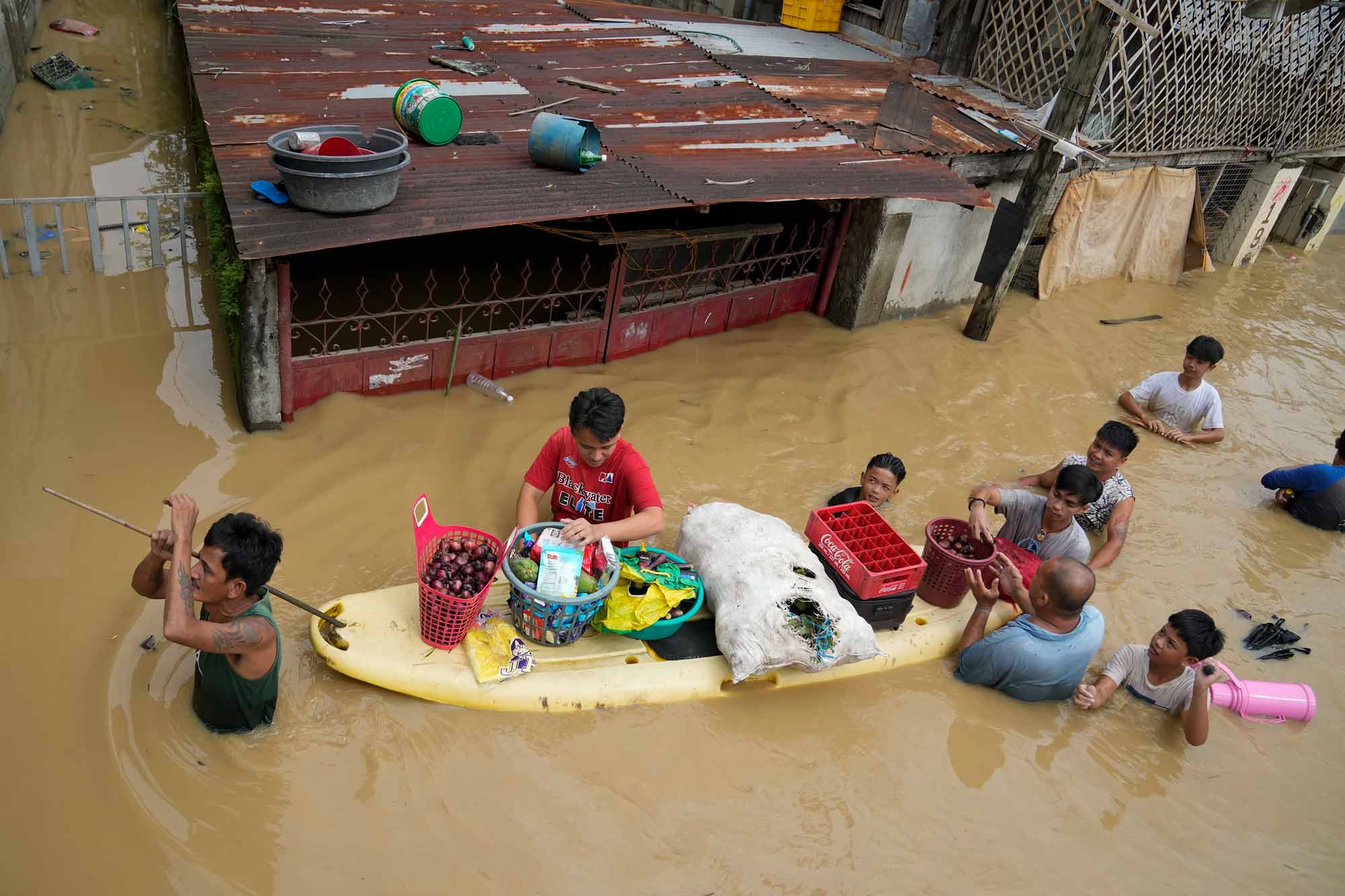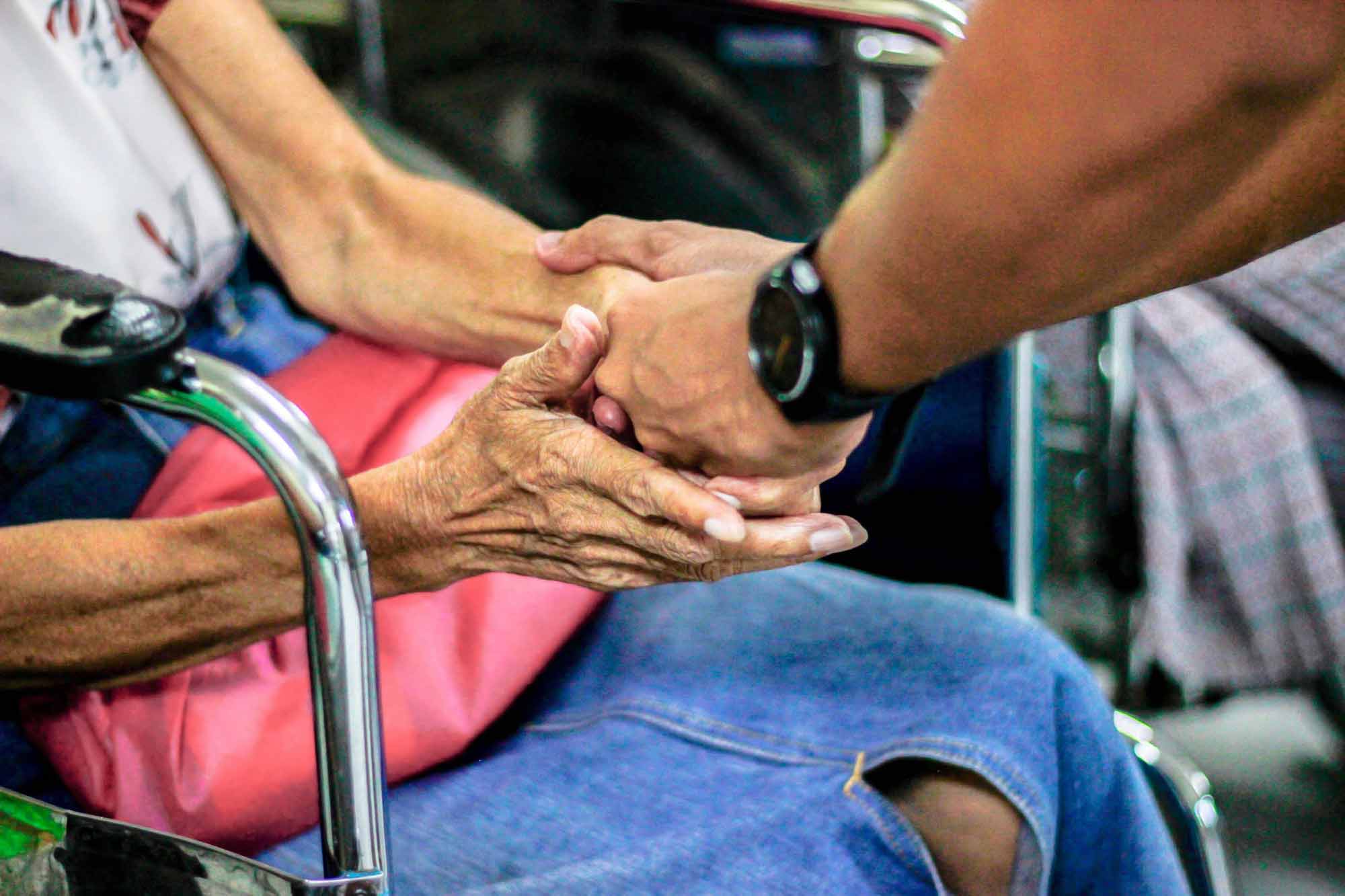
Disaster relief organizations are nonprofit or government-funded organizations dedicated to providing aid and assistance to communities affected by natural disasters.
They play an important role in providing support after hurricanes, earthquakes, and floods.

For communities across the U.S., the Federal Emergency Management Agency (FEMA) is one of the best-known disaster relief organizations — which President Jimmy Carter signed FEMA into existence in 1979.
Organizations without government ties include the Red Cross movement. Today, 90 nations support Red Cross organizations that respond to natural disasters, such as the multiple earthquakes that hit Turkey in 2023.
These organizations are often the first on the ground after a disaster, working to meet basic needs like food, water, shelter, and medical care. Additionally, these organizations may provide longer-term assistance, such as emergency housing and other forms of aid.
In this article, we will discuss:
- • The Importance of Disaster Relief Organizations
- • Government Disaster Relief Organizations
- • Local Disaster Relief Organizations
- • Volunteering With a Disaster Relief Organization
Let’s dive in!

Importance of Disaster Relief Organizations
Disaster relief organizations don’t limit their work to the aftermath of a crisis. They also play an important role in emergency preparedness and mitigation.
They often provide training and education on how to prepare for a disaster and work to raise awareness about risks associated with different natural disasters.
For example, FEMA offers simple and clear guidelines for households and communities to increase their preparedness for a disaster. As well, the Centers for Disease Control and Prevention presents preparedness advice for a variety of emergencies.
Among disaster response organizations around the world, some specialize in providing aid to specific regions or communities, while others focus on providing specific types of assistance, such as medical care or mental health support. To maximize your charitable giving, research and choose an organization that aligns with your values and priorities.
Government Disaster Relief Organizations
Government disaster relief organizations play a vital role in providing aid and assistance to communities affected by natural disasters.

These organizations, often led by government agencies, coordinate the emergency response to disasters, provide emergency assistance, and help with disaster recovery efforts.
This includes working with other government agencies, as well as non-governmental organizations (NGOs) and private sector partners, to ensure that resources are allocated efficiently and effectively to those in need.
For example, when Hurricane Ian hit Florida in 2022, FEMA worked with the Army Corps of Engineers to provide fiber-reinforced sheeting to cover damaged roofs until plans could be made for permanent repairs.
These organizations also work to ensure that the needs of the affected community are being met and that aid is provided in a timely and appropriate manner. Many government disaster relief organizations also provide financial assistance to help people rebuild their lives.
Government disaster relief organizations vary depending on the country and region. FEMA is responsible for coordinating the response and recovery to disasters in the United States. In many other countries it is the responsibility of the Ministry of Interior or Civil Defense.
Local Disaster Relief Organizations
Though usually smaller in scale, local disaster relief organizations are often the first on the ground with an emergency response team.
Beyond providing immediate emergency resources, such as food, water, medical care, and other basic necessities, these organizations often provide emergency housing and other forms of long-term aid.

Local disaster assistance organizations help rebuild homes and communities, as well as provide long-term support, such as mental health and counseling services for disaster survivors.
Some key benefits of local disaster relief organizations is that they:
- • Are deeply rooted in the communities they serve.
- • Know how to best partner with local governments to provide aid.
- • Understand the specific needs and challenges of the community.
- • Can respond more quickly and effectively than larger organizations that may not be as familiar with the area.
Volunteering with a Disaster Relief Organization
Following a crisis, research the different organizations that are active in the area and find a group that aligns with your values and priorities.
Once you have identified an organization you would like to work with, confirm they are accepting volunteers for the specific crisis. This is often noted on their website or social media pages.
If the organization is providing volunteer opportunities, you will need to fill out an application. This will usually include basic information about yourself, your skills and experience, and your availability. Some organizations may require a background check or references.

Once you have been accepted as a volunteer, the organization will likely provide training about the specific role you will be playing, as well as safety and security protocols.
It’s important to realize that joining a disaster relief organization’s volunteer team can be physically and emotionally demanding. You may be working long hours in difficult conditions, and you may be exposed to traumatic events. Be prepared for the challenges of working in a crisis situation.
It is also important to keep in mind that volunteering during a crisis may not always be possible, due to the nature of the crisis, the location, the organization’s policies, and a volunteer’s personal situation.
Convoy of Hope’s Disaster Services Initiative
Convoy of Hope is a humanitarian organization that is committed to providing aid and assistance to communities affected by natural disasters.
One of the organization’s key initiatives is its Disaster Services program, which is designed to provide emergency assistance, recovery support, and long-term aid to individuals and communities affected by disasters.

Convoy’s initial emergency assistance includes providing food, water, and other basic necessities to those who have been displaced by a disaster. Discover all the ways you can volunteer with Convoy of Hope to help people in need.
Convoy of Hope also works with community-based leaders and local organizations to:
- • Develop sustainable recovery plans that address the specific needs of the affected community.
- • Provide training and education on how to prepare for a disaster.
- • Work to raise awareness about the potential risks associated with certain types of natural disasters.
Help provide immediate relief to those in need through Convoy of Hope’s Crisis Relief Fund.

